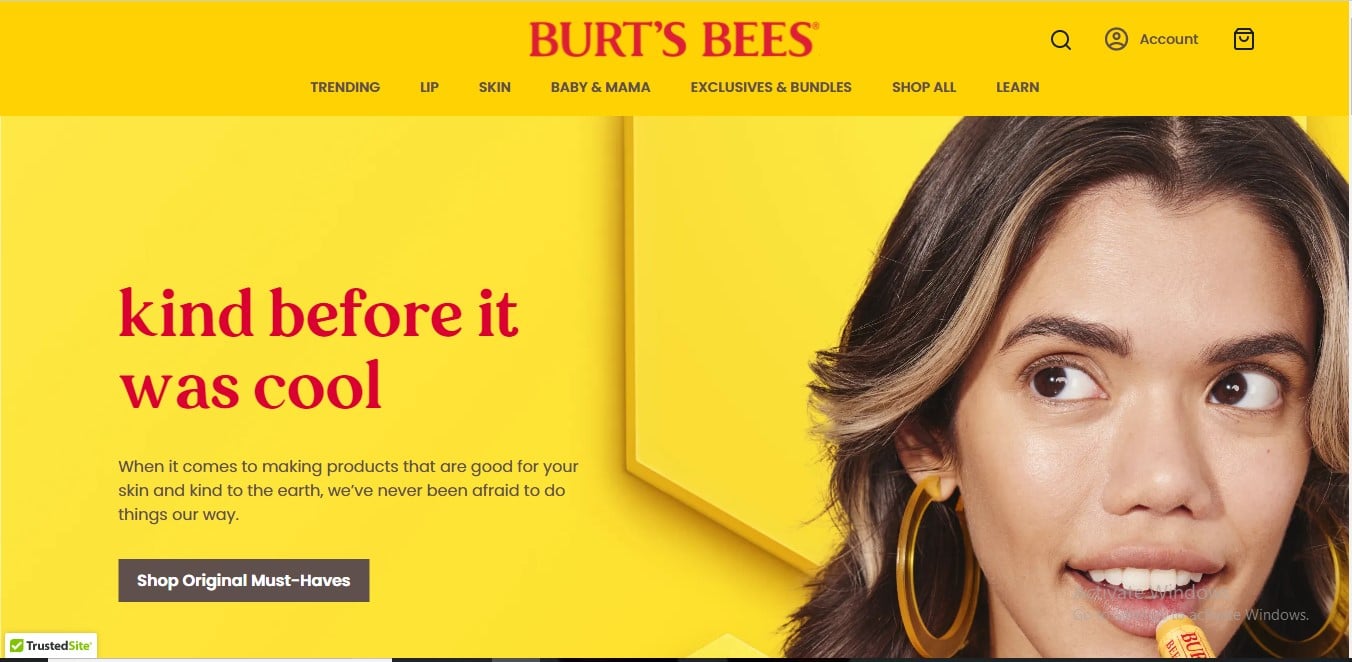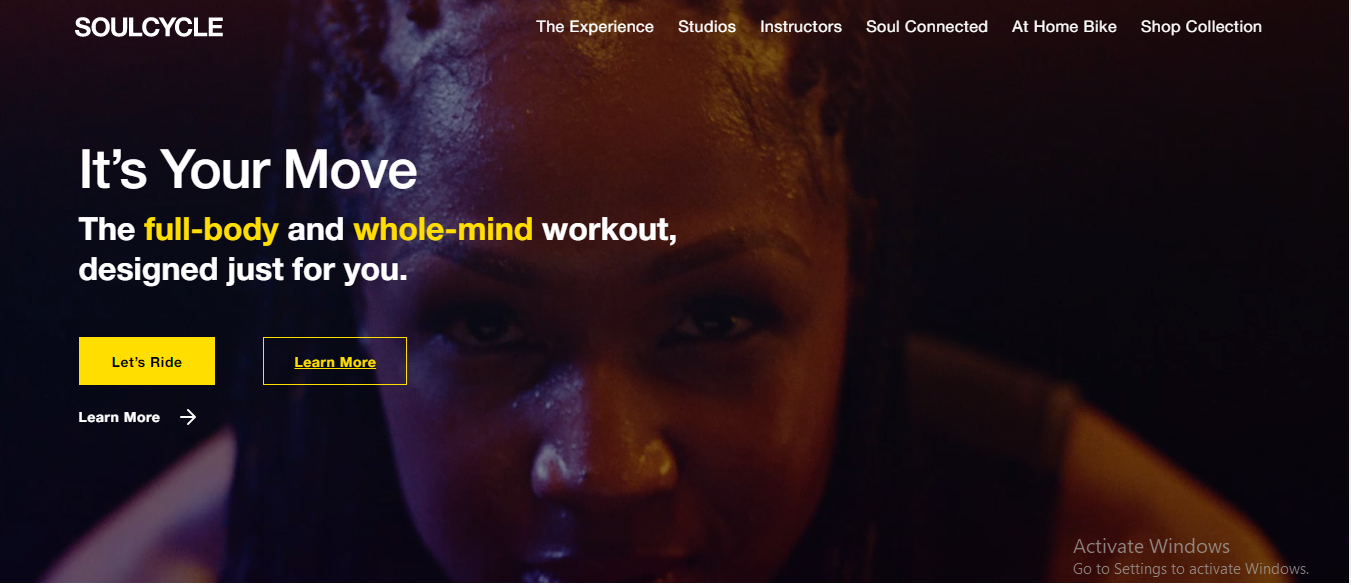Top companies worldwide invests millions in delivering the best possible customer experience. But for startups, resources are often scarce and frugality is necessary. So, they have to use every tactic at their disposal to enhance customer experience.
Here, storytelling can be the differentiator. From fairy tales to the inspiring origin of brands, stories connect people and build empathy.
A clever piece of marketing may not hit the target always. But crafting a gripping narrative around your brand will make you memorable and differentiate you from your competitors.
With no expensive tools, startups can use compelling storytelling to synchronize customer emotions with their brand message and deliver an experience their customers remember. This way, they improve recall value and amplify brand recognition.
But how does storytelling enhance customer experience? And how can you make it work for your brand? In today’s article, we will find the answers.
What exactly is storytelling and why it works
Businesses often focus on numbers and data to improve customer experience ROI.
While a data-driven approach is crucial in CX, storytelling is how you create long-lasting customer relationships.
Stories convey a purpose and help people make sense of the world. When you tell a story, you engage the listener emotionally.
Improving customer experience involves delivering what your customer wants — and they want relatability. In a market overwhelmed with noise, customers engage with brands they can relate to on a personal level.
For startups, building a loyal customer base can be a long-drawn process. Ensuring the best possible customer experience can significantly speed it up.
Customer experience depends on the consumer’s emotions for your brand. Compelling storytelling establishes that by nudging them to associate positive feelings with your start-up.
You create a sense of belonging for your customers with an impactful brand story. It establishes credibility. Existing customers are more inclined to give you repeat sales and new customers feel confident to choose your brand.
How storytelling enhances customer experience for startups
1. Building an emotional connection with customers
The emotional connection you create with your consumers drives the quality of the customer journey. Through storytelling, you give your customers a powerful reason to be associated with your brand. It makes them connect not only with your service but also with your brand image.
It helps them become a part of a cause they believe in. This adds to the joy of purchasing a service, improving CX.
2. Improving customer engagement and loyalty
Customers who empathize with your startup’s story are likelier to become a lasting part of your journey. A gripping narrative keeps them engaged and nudges them to explore more about your brand.
Excellent products only can’t develop loyalty. You need to offer them something more than transactional value. That’s what storytelling does for your brand. It communicates your business’s purpose and helps you build an ardent community of fans.
3. Differentiating the startup from competitors
For every product that comes to the market, there are many alternatives. Introducing one or two unique features can’t sustain your start-up in a competitive domain.
Every business has different values behind its origin. Storytelling highlights that and gives your brand a personality that stands out.
4. Creating memorable experiences for customers
Storytelling humanizes your brand by making it relatable to the customer. That way, your business gives them a memorable experience with a cause they support.
Types of stories startups can use for better CX
1. Founder’s story
A founder’s story tells the tale of the beginning of a brand. It narrates how someone made their business aspiration true.
However, it is more than just detailing a company’s origin. It lays down the ethos behind a company’s mission and vision and the specifics of the brand’s product development.
Founder’s stories communicate the mindset behind a start-up. Your customer learns what drove the purpose and how the founder overcame the roadblocks on their journey.
For example, the eyewear retailer Warby Parker has an interesting story behind its origin. The narrative details how the founder lost his glasses on a trip and how, being a student, he could not afford to replace them. Moreover, the brand donated glasses to needy people through nonprofit groups and solidified the story’s purpose. Warby Parker’s founder’s story conveys its mission “to inspire and impact the world with vision, purpose, and style.”
These stories convey resilience, inspiring people, and inspiring a strong emotional response. Customers feel like a part of something bigger than themselves, which enhances their experience with the brand.
2. Customer success stories
Customer success stories narrate how people use a brand’s product and services to solve problems. It helps potential consumers relate to your brand and understand how you can address their pain points.
Customer support is the deciding factor behind CX and brand loyalty. Through customer success stories, you can convey the genuine experiences of real people and how you support them with your service.
Hootsuite has a dedicated customer success story page and helps customers make informed decisions.

For example, the page showcases a story detailing how Hootsuite’s services increased the British Museum’s social media engagement by 126%.
3. Product or service stories
Product or service storytelling refers to forming a narrative around a product’s value. Instead of focusing on the features, brands communicate how their services can solve customers’ problems.
Product stories and business case studies portray data and insights vividly and inform the customers about their proper application. It connects consumers with the product and adds value to CX.

For example, Burt’s Bees, a skincare and body care brand, knows their customers care about sustainability. Its product stories convey how the brand is fully carbon-neutral and has sustainable packaging. The brand also creates YouTube videos on saving the bees, making its cause transparent to its audience.
Storytelling is something you can work into your content, even when it’s at the bottom of the funnel. Look at the way The Links Guy discusses the benefits of link building in their article but has brought in a couple of very specific examples of when they helped a client, as well as a story about how a simple outreach email landed a fortunate connection with Mark Cuban’s team.
4. Brand stories
Brand stories narrate the driving force behind a company’s inception and how the story still carries its mission. By creating a gripping barn story, you present to customers who you are and what you stand for.
You form meaningful connections and enhance their customer experience by helping the audience connect with your whys. They empathize with your brand and enjoy your services more.

For example, SoulCycle, a fitness brand, expresses its mission as “to create an alternative to the fitness routines that felt like work.” While the brand offers high-end fitness subscriptions, its brand story is unapologetic. It narrates how the company has molded regular and tedious fitness routines into a transcendental experience.
How startups can implement storytelling successfully
1. Understanding the audience and their needs
Successful storytelling is customer oriented. It highlights your brand’s qualities that your target audience relates to.
For that, start-ups need to understand their customers and their needs to understand what appeals to them. Before building your story’s foundation, examine customer data and see what they engage with the most.
Examine behavioral analytics for better CX and effective storytelling. You can use social listening tools to track their online activity. Analyze their pain points and gauge how your story aligns with their issues.
2. Choosing the right platform and format for storytelling
Your storytelling format and your chosen platform affect your success. Identify spaces where your target audience is the most active. Besides creating a good email marketing strategy, social media is always a good place to start. There are many options for you to explore, so just go for it. This will help your story reach as many people as possible.
Incorporate visual aids into your storytelling format to make it more vivid. Understand their preferences for visual content. Utilize an infographic maker with infographic templates to create eye-catching and stunning visuals for your social media pages.
Gimmicky stories will be counterproductive to your brand’s customer experience and reputation. The audience is savvy and will recognize dishonest claims instantly. So, make sure the narrative is consistent and authentic across every channel.
3. Incorporating storytelling into the customer’s journey
To maximize impact, incorporate storytelling at every point of the customer’s journey. Showcase customer success stories across your website. Design packaging that represents your brand’s unique narrative. Make your contribution to a cause transparent on the packaging by adding a snippet of your brand stories.
4. Measuring the impact of storytelling on customer experience
Any business strategy requires data-based evaluation to optimize its potential. To measure the success of your storytelling, here are some of the KPIs you should monitor:
- Impressions
- Unique visitors
- Views on video content
- Engagement on social media
- Sales
Once you apply your storytelling strategy, measure the changes it brought to your business. Benchmark each KPI and compare them against customer feedback to see what you can improve for a better customer experience.
Conclusion
With effective storytelling, you humanize your brand and give customers an experience they cherish. But forming a gripping narrative for a start-up requires thorough research, creativity, and dedication to authenticity.
To find your brand’s voice, watch your competitors and learn from them. Examine how top brands form their stories and incorporate them into the buyer’s journey.
Keep your tone authentic and transparent. Include visual aid to make it more appealing and ensure the format is consistent across all channels.



